KZ Knowledge Zenith Joyodio VZ10 – Eight Too Many Switches
Joyodio VZ10 is a $79 USD entry-level IEM by KZ also known as Knowledge Zenith, a company that’s quite notorious for using a high number of drivers in entry-level IEMS, and VZ10 comes with 8 sonic switches to change the sound, allowing for sonic customisation. Today we will review it and briefly compare the VZ10 to other entry-level IEMs including SIMGOT EW200 (35.9 USD), and Blon x Z Jojo (49 USD).
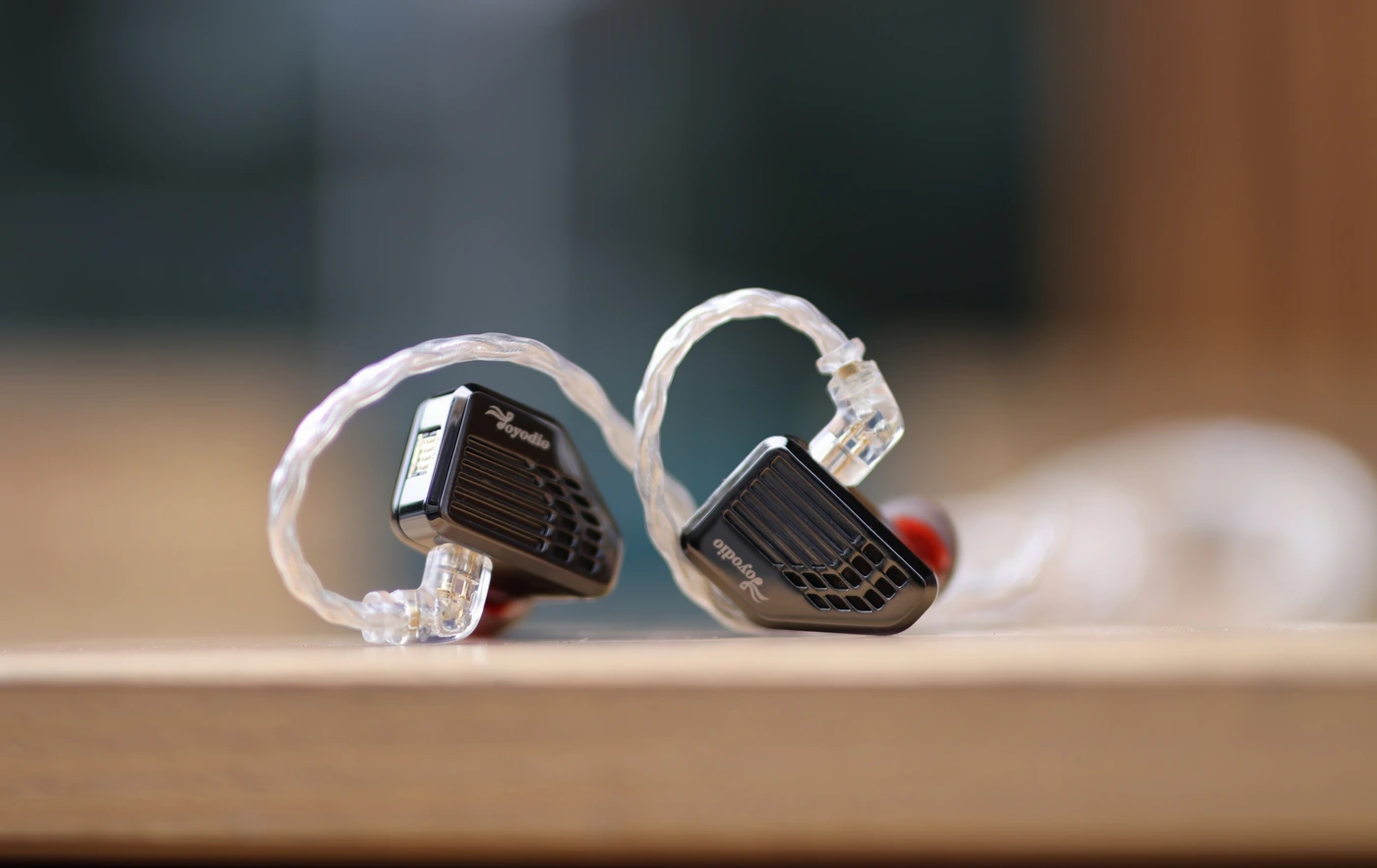
Introduction
KZ is a name that now is synonyms with Chifi, being one of the biggest Chifi players with countless IEMs released to date, having some of the most notorious IEMs released to date, some for how excellent they sound for the small price, others for using many drivers, and KZ is considered a brand good to get your Chifi Audiophile initiation if you want to learn more about what can be done on a budget. The KZ ZS10 IEMS have long been the stable of Chifi and still are regarded as the most popular entry-level IEM ever created. As an Amazon Influencer, I earn from qualifying purchases, and using the purchase links in my reviews helps me maintain this website and Youtube Channel. I thank KZ for providing the sample for this review, in exchange for my honest opinion.
PROs – Comfortable, Good Transport Case included, Detailed Sound, Lots of Tweaking possible, No Driver Flex or Void, Lead Voice is forward, Treble is sharp and bright, Bass is groovy and natural, Good Performance for the price.
Cons – Colored Midrange, Limited Headroom, Sibilance, Grainy Midrange, Bass Roll-Off.
Product Link
You can grab one from www.amazon.com here – https://amzn.to/4bRLraU
If you’re in the UK, you can grab one from www.amazon.co.uk here – https://amzn.to/3SRX0q4
And if you’re from Europe, you can grab one from www.amazon.de here – https://amzn.to/3TnRPzH
Build Quality/Aesthetics/Fit/Comfort
Starting with the elephant in the room, having 8 switches means that you’d have to go through about 256 combinations in total to really review the IEM. Happily, those are some of the much less interesting electronic crossover switches, which do not change the signature very much actually. They just increase or decrease the sensitivity of VZ10, basically tilting the overall frequency response of the IEMs, but not by a large margin. Actually the frequency response stays exactly the same, and what changes is the tilt, which is more treble, but it does not change character, or even response, just its loudness. So you can think of the switches are some of the least effective forms of EQ, it is an impedance / gain switch, and I have tested a few combinations, but the sound just gets louder and somewhat brighter or smoother and somewhat darker if you flip them all in one direction or the other.
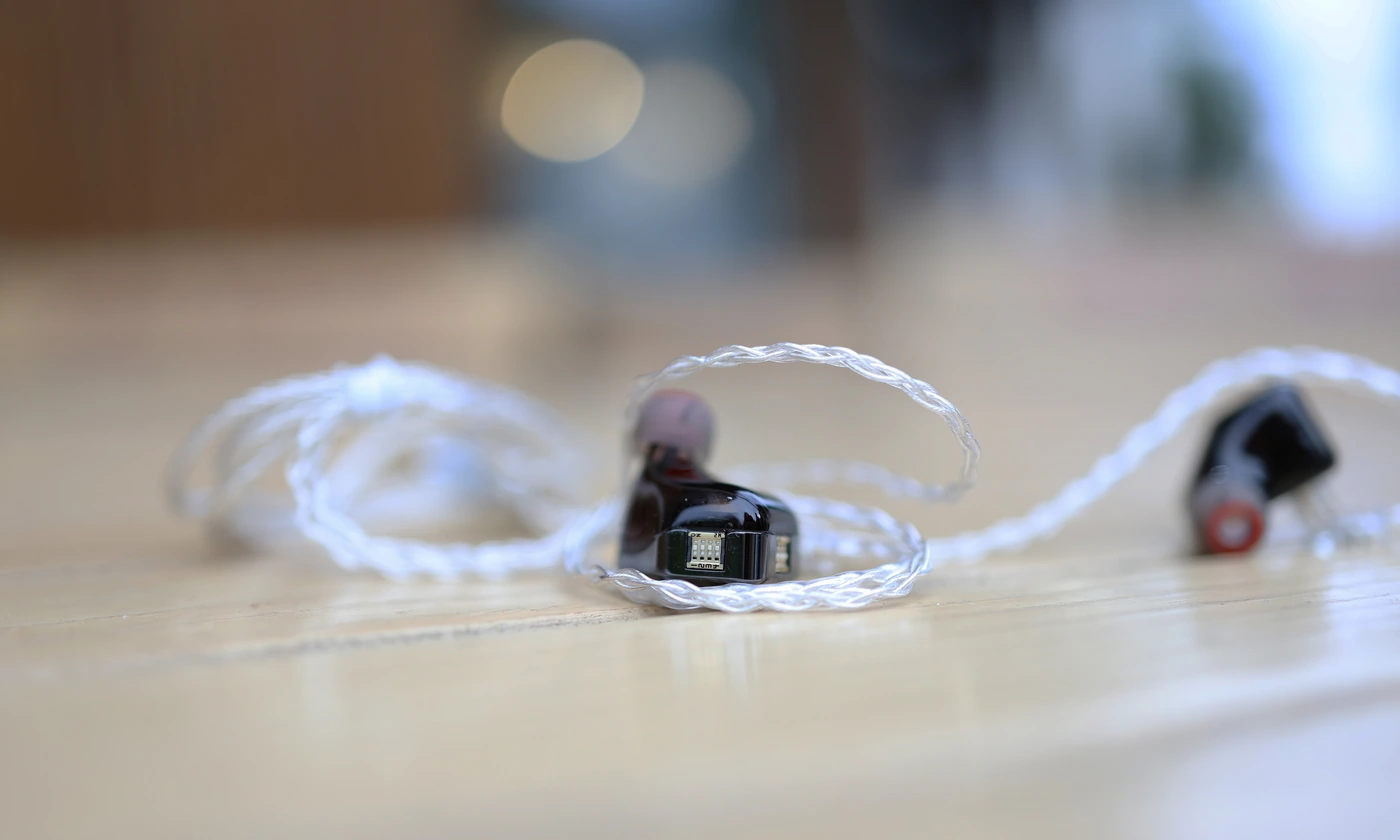
The switches closer to the 2-Pin connector, considered the main switch by KZ will change the loudness of the IEM, while the ones considered the sub switch will change the sound signature. They also seem to overlap, so if you have all main on one ear flipped to 0 and sub to 1, but the other IEM the other way around, you get mostly the same tuning and signature, same speed, and same overall sound, so they’re just each strengthening the other’s effect. Likely, one changes impedance and one changes sensitivity for a certain frequency level. This means that you can just have them all in one position and you can approximately understand what sound you’ll get with any other combination, KZ themselves provide a Frequency response curve that illustrates this as well.
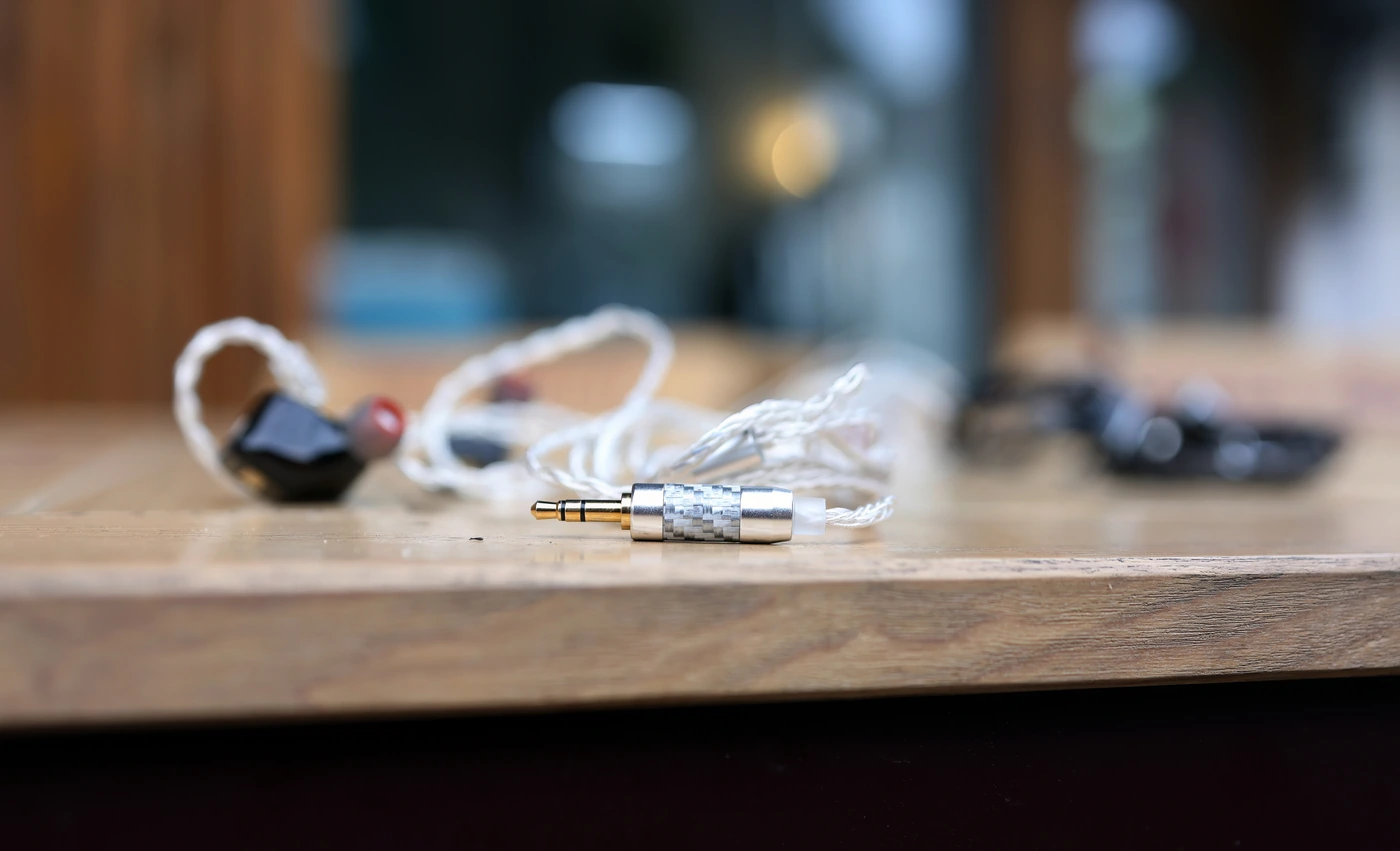
The sound of the VZ10 is based on a combination of 1 Dynamic Driver and 4 Balanced armatures, which gives us 5 drivers playing for each ear. The more pragmatic part of VZ10 includes an 8-strand braided silver plated cable, high precision sound tubes, and with the inner part of the IEM being 3D printed using high quality resin. The dynamic driver is rather small, 7mm in diameter, and the default tips are not great for my ears, so I immediately replaced them with ddHIFI ST-35.
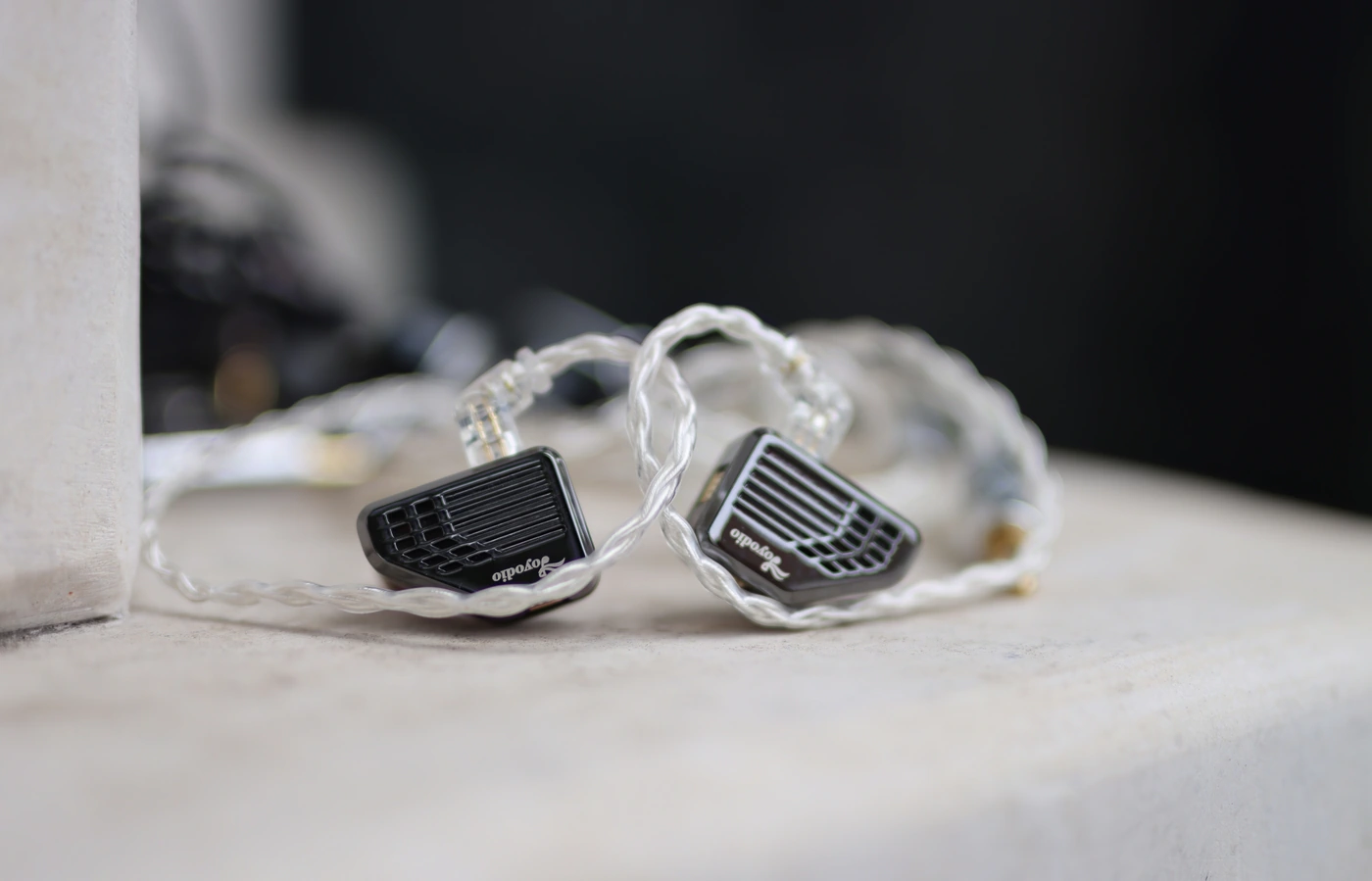
VZ10 offers a good passive noise isolation, around 12-15 dB, so you don’t hear yourself typing or noise in the room, even with very quiet music playing. The impedance varies between 12 and 32 OHMs, based on the position of the switches, and the cable uses a 0.75mm 2-Pin recessed cable. The cable is of a good quality, pretty thin, and somewhat tangle prone, but does not conduct microphonic noise much. There is no driver flex, no void, and wearing comfort is rather excellent. Despite being large, VZ10 is lightweight, and the inner part has no hard / sharp edges, so I can wear them with no problems, as long as the tips used are the ddHIFI ST-35 instead of the default tips.
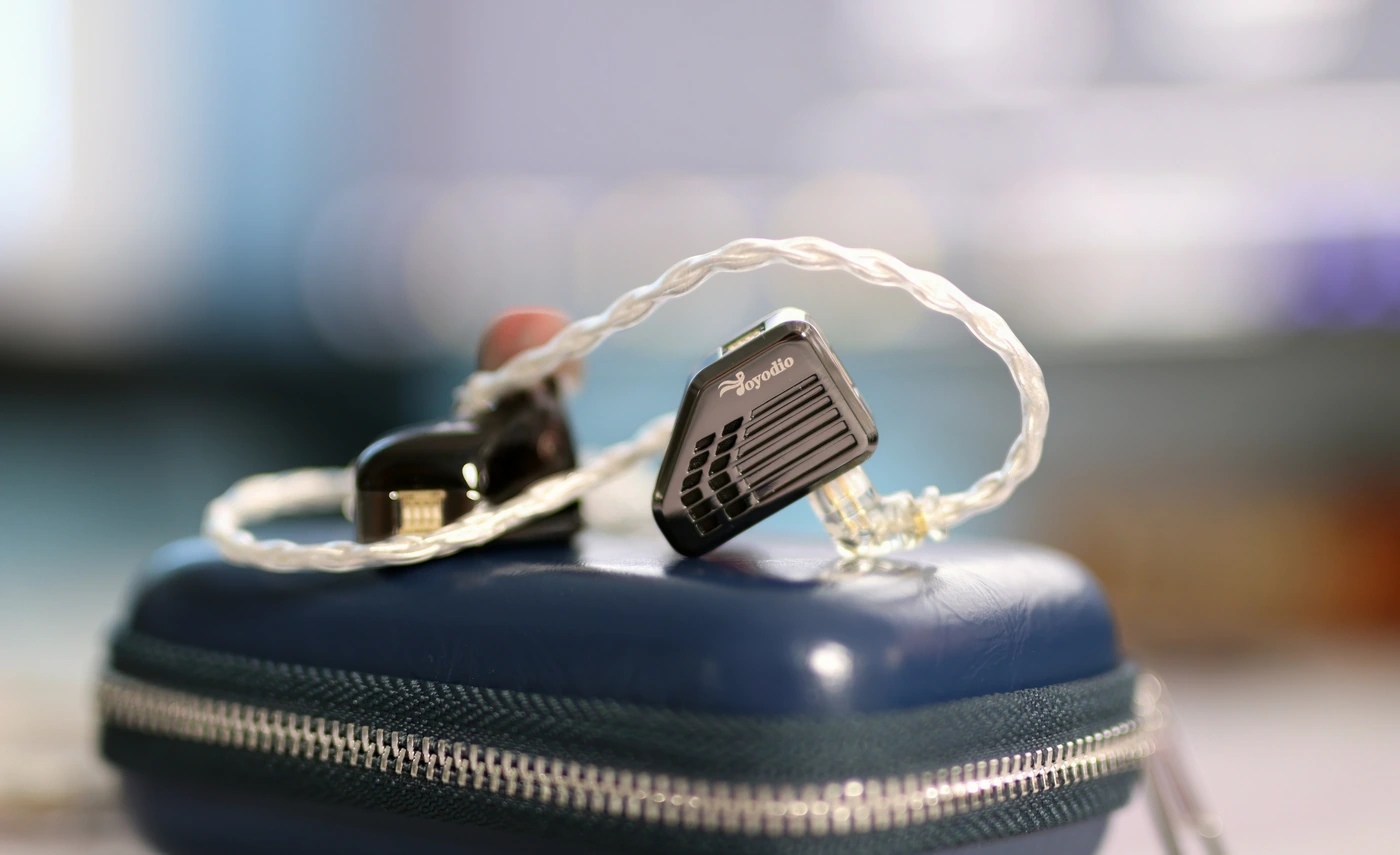
To drive the VZ10, I have been using a collection of sources, including FiiO Q15, Shanling UA4, HIDIZS S9 PRO Martha, HIFIMAN EF600, and Hiby Digital M300. The version I have comes with a 3.5mm single ended cable, and I could hear no hissing with any of the sources, but all of them have a lower output impedance for the SE output. Joyodio is not sensitive to source quality, and does not scale much with the source.
Sound Quality
Overall Signature – If you hear one KZ IEM, you hear them all, and VZ-10 has the same KZ sound that we’ve heard with virtually all of the other KZ IEMs, it is a bright, V-Shaped signature and tuning which goes for a sense of resolution and detail by having a high amount of treble, but it has a fairly good bass extension, down to about 40-45Hz, can bring the bass guitars forward in rock songs, and will present a fair amount of air and treble extension. Voices are usually slightly thin and the tuning works equally well for both male and female voices. I have used the VZ10 with all the switches on the main part set to outwards, and sub switch set to inwards, as this provides the most V-Shaped most natural combo that allows for best overall sound to be formed.
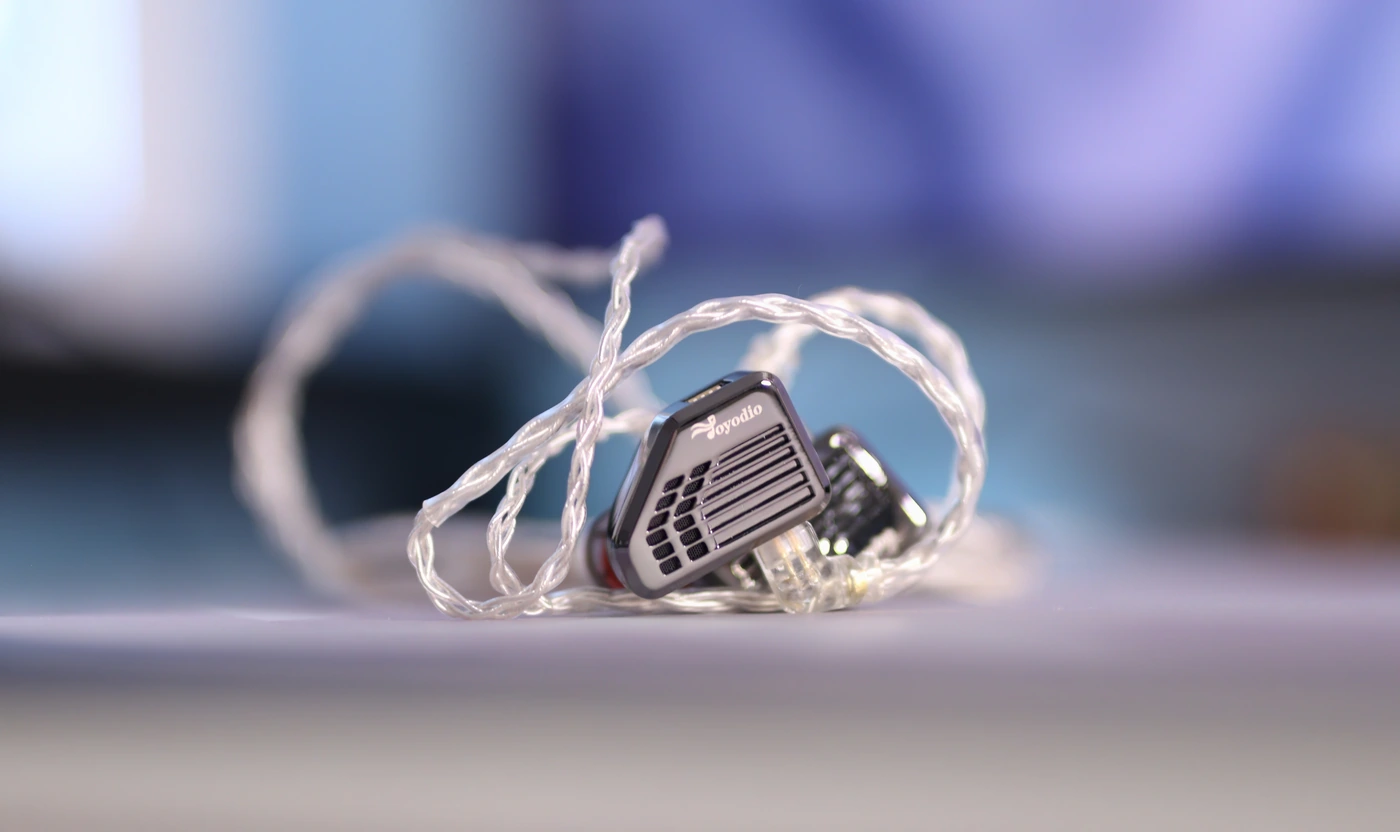
Bass – KZ Joyodio VZ10 is able to give you a pretty decent bass, with the low end reaching about 45Hz just fine, below which it rolls off. Most of the bass energy can be found in the sub bass and mid bass, with the presence being less persistent once you reach 80 Hz, so they avoid sounding too boomy and veiled, but the sound is clean, and has a good rumble / groove to it. The bass speed is slow, there is not a lot of texture, but a groovy, heavy bassline for rock and metal songs. You can hear the shallow extension in Pop, Dubstep or Electronic music, where the bass feels shallow and struggles at both high volumes and bass heavy songs.
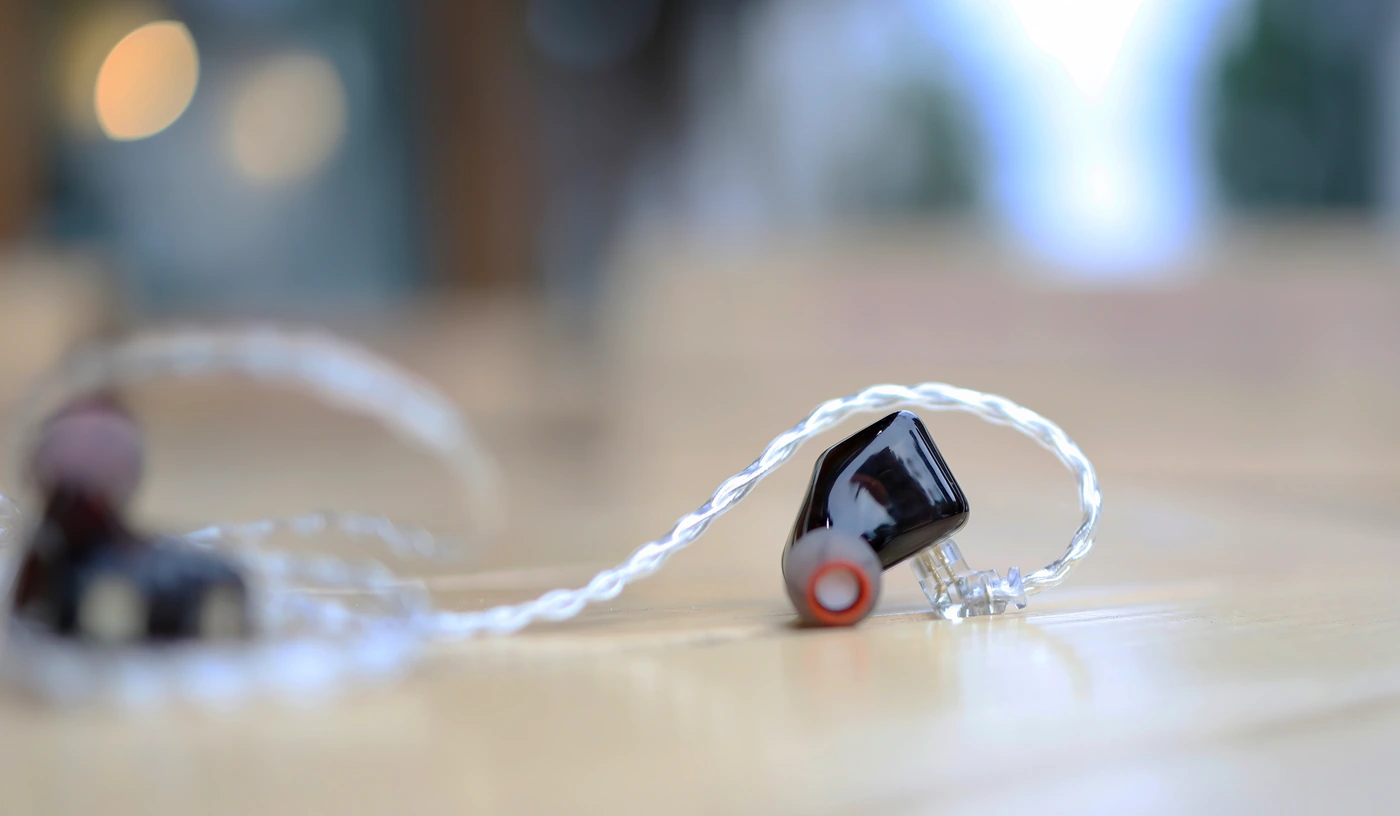
Midrange – KZ always had a problem with the midrange, because following a strongly V-Shaped signature brings all voices and instruments farther away from the listener, resulting in a specialized signature that will not be for everyone. The newer VZ10 tends to be smoother in the midrange, and it manages to push the lead voices forward, both for male and female voices, which creates a bit more intimacy and doesn’t create the feeling of distance at all. We have a fair resolution, considering the price quite good even, but the midrange is somewhat dry, which can create the feeling of graininess for guitars and most synths, even for voices, for example HimeHina in their CH4NGE cover song, both their voices, and the instrument sounding grainy.
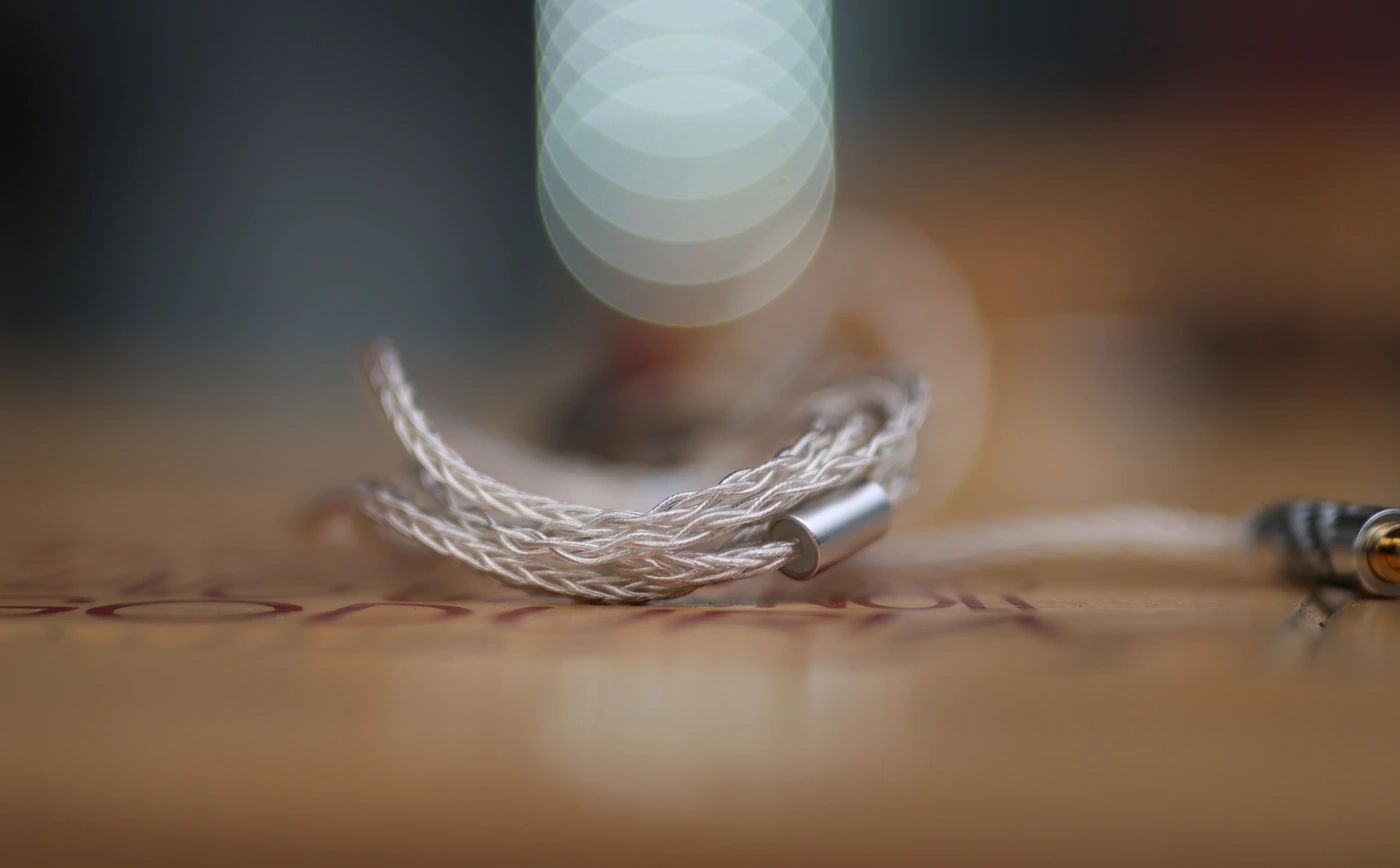
Volume Control – You can get the best experience out of the Joyodio VZ10 at either low or medium volumes. The sharper treble, combined with a limited headroom means that it will struggle to keep control at super high volumes, but it can be very enjoyable if you don’t push it too hard. This is not a problem of the source struggling, as the same behavior can be found with all sources I tested the VZ 10 with. The louder you go, the more evident grain in the midrange, sibilance in the treble and the shallower the bass becomes, as the tuning turns mid centric instead of becoming more V-Shaped, a baseline indicator of the headroom limitations. You can’t really EQ the VZ10, as it runs into aliasing and artifacts quickly, but you can use the switches on the back to change the tuning quite a bit.
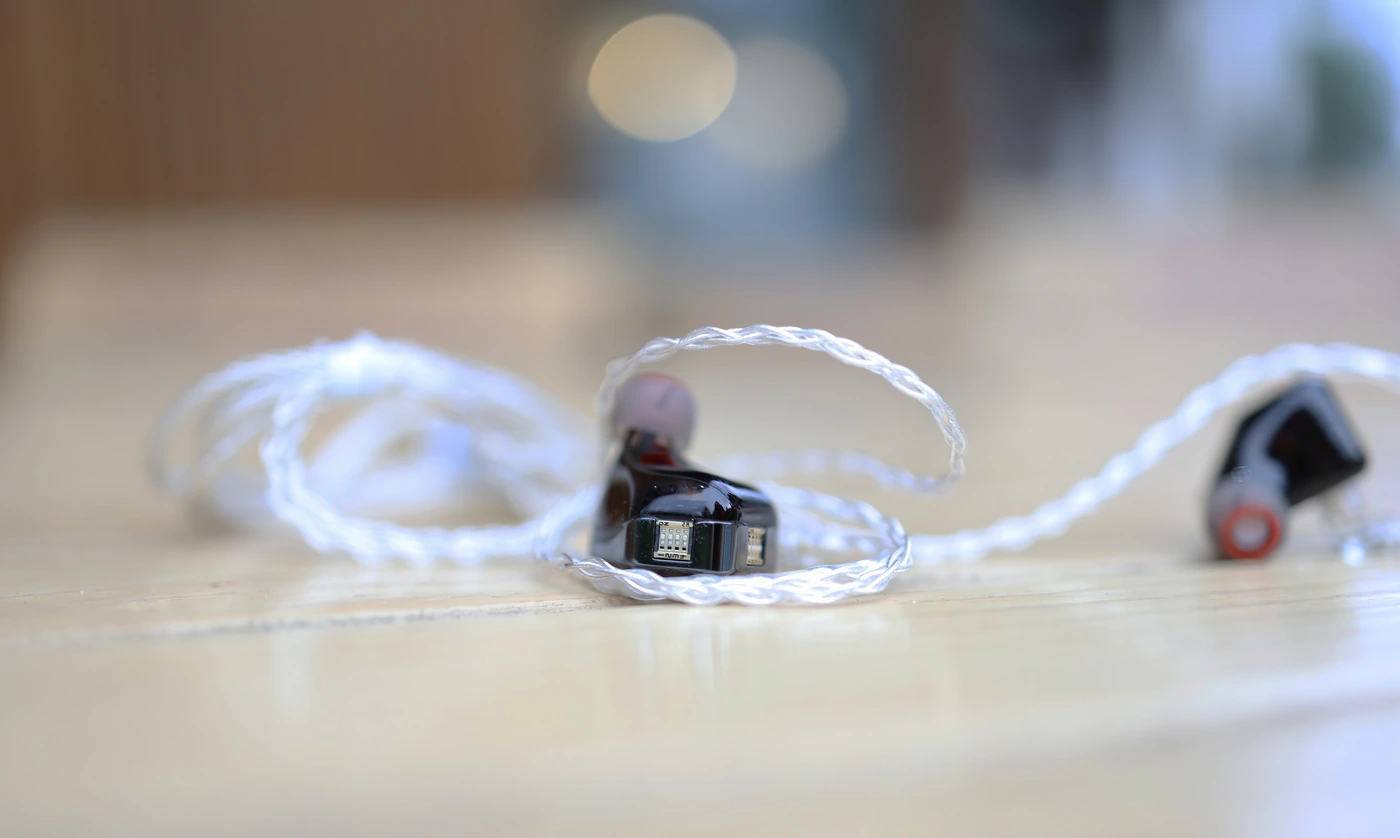
Treble – The treble of VZ10 is generally sharp, sibilant but not overly harsh, having a slower decay, so not a lot of grain and texture, but sibilance can be found a bit, even in songs which otherwise shouldn’t emphasize the S sounds at all. The soundstage is natural, with a fair instrument separation, but most separation is between lead voices and instruments, while lead guitars are presented together with background instruments, and background voices are combined together with the background instruments. The treble extension goes up to 12 kHz, above which it rolls off softly.
Comparisons
Joyodio VZ10 vs SIMGOT EW200 (79 USD vs 35.9 USD) – The shape and ergonomics of both are about equal, EW200 is heavier, but also a tiny big smaller, plus the cable is considerably better for EW200, but a bit more tangle-prone. I am using ddHIFI ST-35 for both IEMS, as the default tips for both are not great for my ears, and both offer about the same passive noise isolation, although EW200 leaks a bit more. You can’t really eq either that much, but you have the 8 switches on the VZ10, which will allow you to go both brighter or more mid centric than what I described, but EW200 has more extension in the bass, more extension in the treble, more instrument separation and instruments sound more natural. Overall, VZ10 has more novelty features, but it sounds more colored, and is harder to tame, plus handles high volume slightly worse, so I would consider EW200 if you don’t need the 8 switches to tune the sound. Both are V-Shaped in tuning, so you can expect a similar frequency response in general.
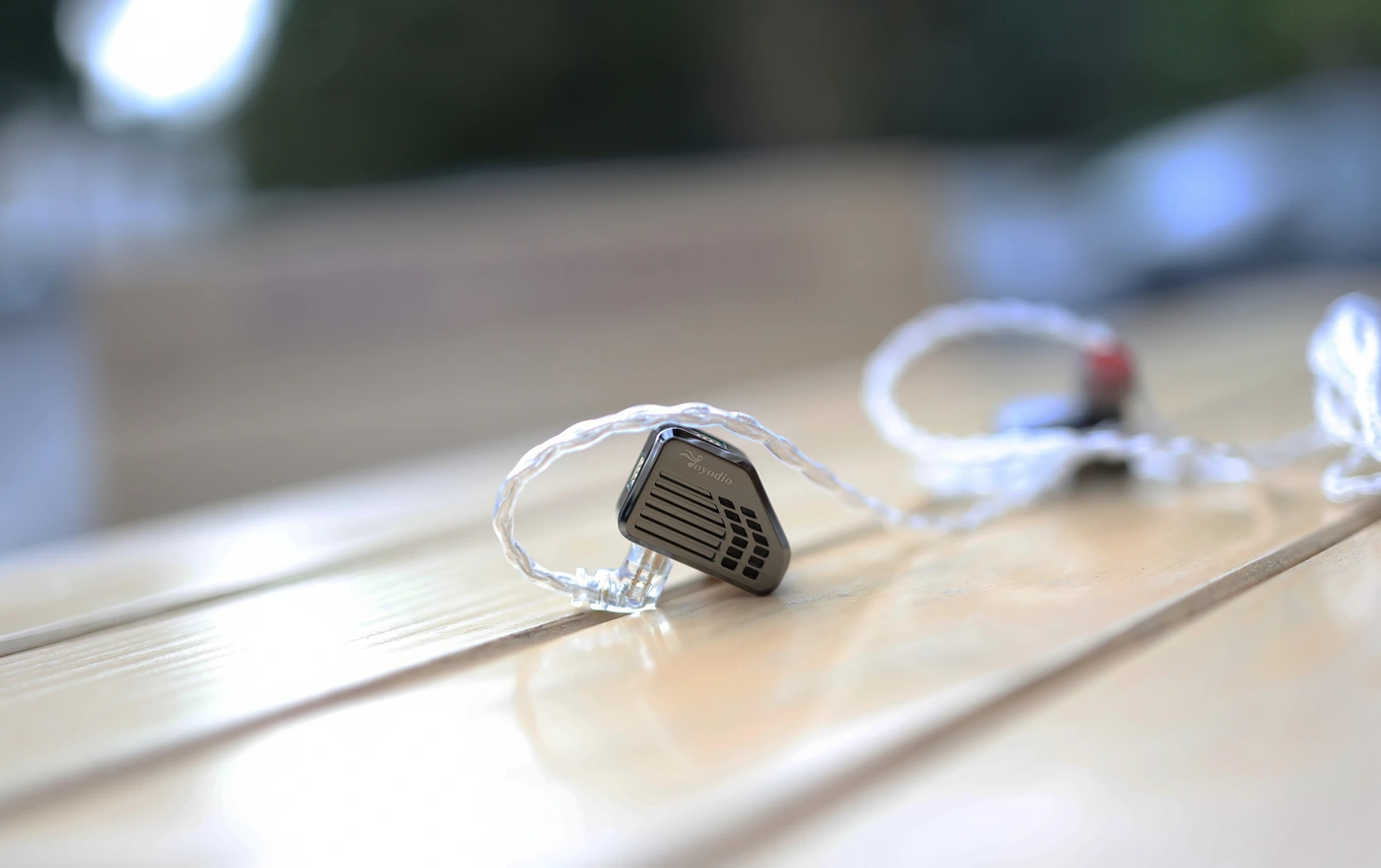
Joyodio VZ10 vs BLON x Z Jojo (79 USD vs 49 USD) – Both IEMs are made well, but Jojo has a much smaller body with a similar weight. The cable of the Jojo is better, but the transport case of the VZ10 is better. I like the neutral silver + black color on the VZ10 more, jojo is a pit too purple and pink for my taste. The default tips of Jojo are better, while the default tips of the VZ10 need replacing to get good comfort. Sonically, they are somewhat similar, both having about the same extension in the bass, about the same extension in the treble, and about the same level of midrange quality, although VZ10 will bring lead voices closer to the listener, while Jojo has more recess in the voices, VZ10 has better definition and better resolution overall, but is more sibilant, and more grainy in the midrange.
Value and Conclusion
With a price point that I found to be 79 USD on the official KZ website, Joyodio VZ10 brings novelty features, a great package, a good cable, and good comfort, with a V-Shaped sound that is very detailed for the price range, and compared to the competition, and although you can have some interesting alternatives, VZ10 has its place for the tinkerers and those who don’t want to settle but fine tune and explore the world of Chifi a bit.
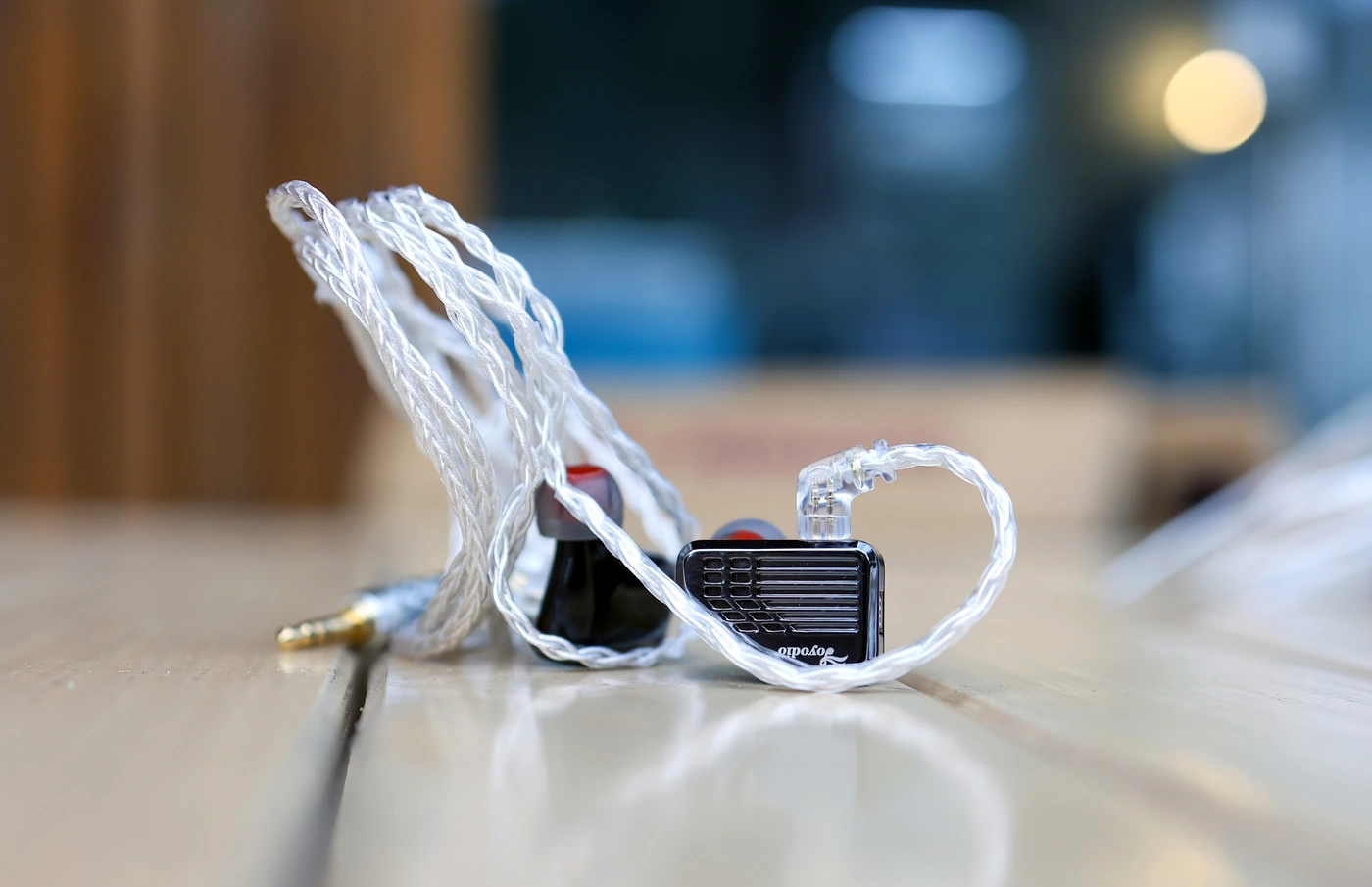
At the end of the day, if you’re looking for a high quality earphone from the Chifi range, but with a good build quality, nice transport case, and with good comfort, and if you fancy a V-Shaped, colored sound, Joyodio should be just the thing for you.
Product Link
You can grab one from www.amazon.com here – https://amzn.to/4bRLraU
If you’re in the UK, you can grab one from www.amazon.co.uk here – https://amzn.to/3SRX0q4
And if you’re from Europe, you can grab one from www.amazon.de here – https://amzn.to/3TnRPzH
Technical Specifications
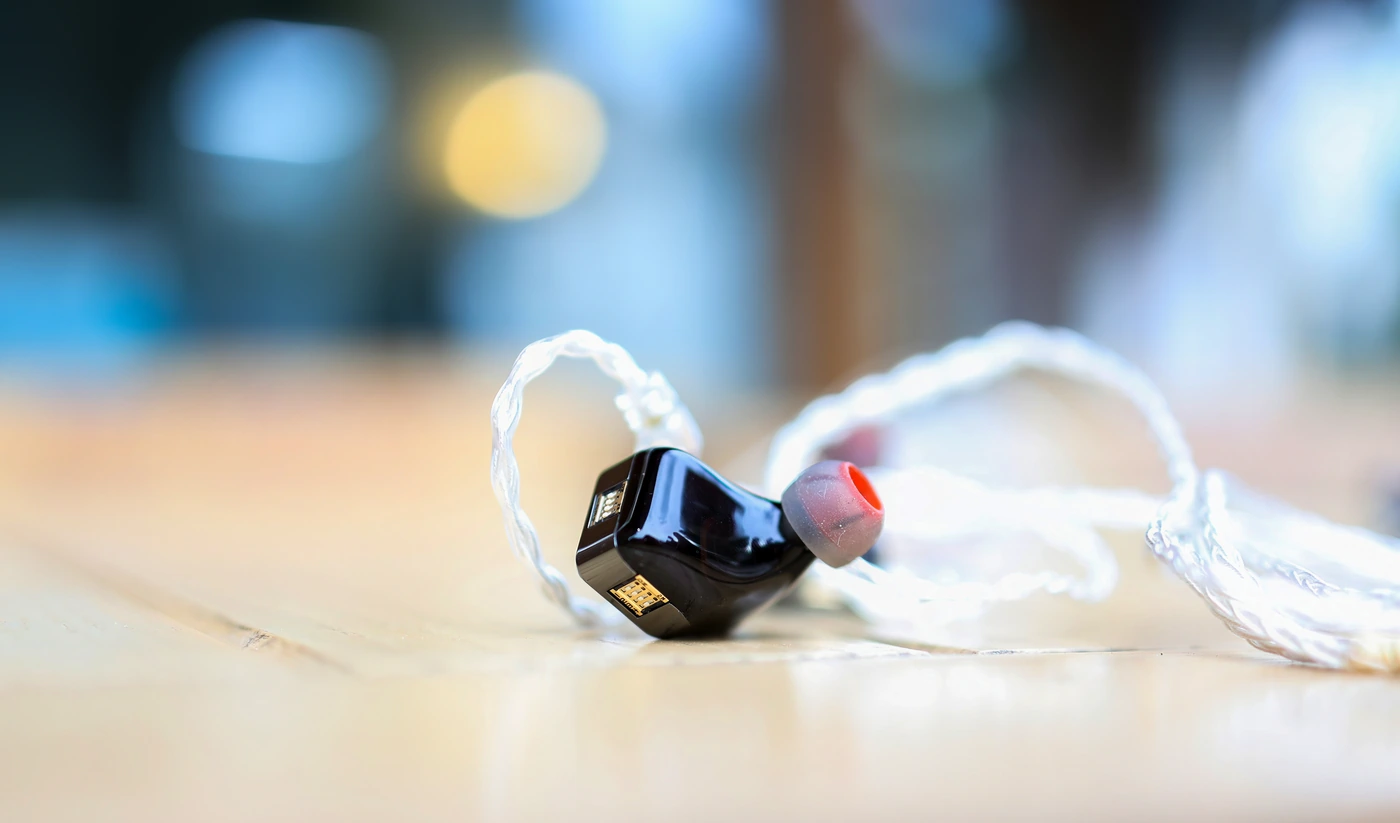
Product Model: VZ10
Impedance:12-32Ω
Sensitivity:108±3dB
Frequency response: 20-40000Hz
Plug type: 3.5MM
Pin type: 0.75MM
Cable length: 120±5CM
Products include a one year warranty
--- Please remember to stay safe, and always have fun while listening to music!---
- If you have a dime to spare, please donate, and help us! It would make the day brighter for me and my wife-
Full Playlist used for this review
We listened to more songs than those named in this playlist, but those are excellent for identifying a sonic signature. I recommend trying most of the songs from this playlist, especially if you’re searching for new music! The playlists are different for Spotify, Tidal and Youtube, and based on the songs I enjoy and are available on each!
https://www.youtube.com/playlist?list=PL_cjBXGmwSHSdGcwuc_bKbBDGHL4QvYBu
https://open.spotify.com/playlist/5J3oloz8Riy9LxEGenOjQ0?si=979ba4f082414be7
https://tidal.com/browse/playlist/330fd544-8e5b-4839-bd35-676b2edbb3d5
--- Contact Us ---





